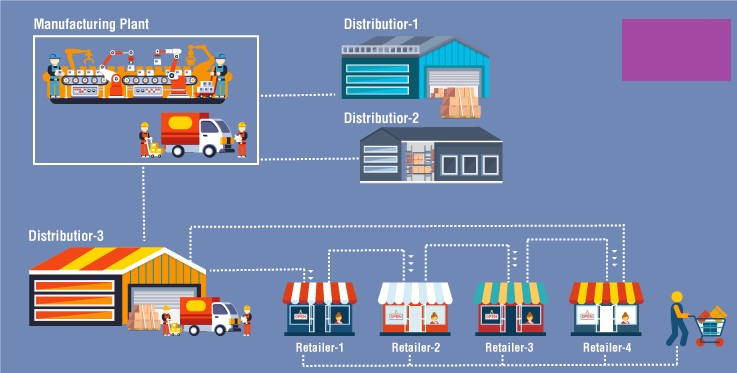Ford’s Smart Inventory: A Data-Driven Approach
Ford is revolutionizing its car sales process through a sophisticated, data-driven inventory management system. This system, dubbed “Smart Inventory,” aims to streamline the entire process, from manufacturing to dealership delivery, ensuring customers have access to the vehicles they want, when they want them. It’s a significant departure from traditional methods, leveraging real-time data and predictive analytics to optimize stock levels and minimize wait times.
Predictive Analytics: Anticipating Customer Demand
A core component of Smart Inventory is its robust predictive analytics engine. This system analyzes vast amounts of data, including historical sales figures, current market trends, economic indicators, and even social media sentiment, to forecast future demand for specific vehicle models and configurations. This allows Ford to proactively adjust production schedules and allocate vehicles to dealerships based on projected needs, rather than relying on guesswork or outdated methods.
Real-Time Inventory Tracking: Optimizing Stock Levels
The system offers real-time visibility into inventory levels across the entire Ford network. Dealerships can access updated information on available vehicles, allowing them to accurately inform customers about availability and expected delivery times. This transparency builds trust and enhances the overall customer experience. Simultaneously, Ford can identify areas where stock is low or high, enabling rapid adjustments to production and allocation strategies.
Streamlining the Supply Chain: From Factory to Dealership
Smart Inventory extends beyond just inventory tracking; it optimizes the entire supply chain. By accurately predicting demand, Ford can better manage the flow of vehicles from its manufacturing plants to its dealerships. This reduces transportation costs, minimizes storage needs, and ensures a smoother, more efficient delivery process. The streamlined process also helps reduce lead times, meaning customers receive their vehicles faster.
Enhanced Customer Experience: Faster Delivery and Greater Choice
The ultimate beneficiary of Smart Inventory is the customer. By ensuring dealerships have the right vehicles in stock and streamlining the delivery process, Ford aims to deliver a faster, more efficient, and ultimately more satisfying car-buying experience. Customers spend less time waiting and have a greater choice of vehicles to select from, leading to higher customer satisfaction and loyalty.
Data-Driven Decision Making: Continuous Improvement and Adaptation
Ford’s Smart Inventory isn’t a static system; it’s constantly learning and adapting. The system continuously analyzes data, identifies trends, and refines its predictive models to improve accuracy and efficiency. This data-driven approach allows Ford to continuously optimize its inventory management, adapt to changing market conditions, and stay ahead of the curve in a dynamic automotive landscape. The ongoing analysis informs future production runs, and ensures future stock allocation remains optimized to meet changing demands.
Integration with Dealer Networks: Collaboration and Efficiency
Successful implementation of Smart Inventory relies heavily on collaboration between Ford and its dealer network. The system requires seamless data sharing and communication between Ford’s central systems and individual dealerships. This integration fosters a more collaborative environment, empowering dealerships to better manage their inventories and provide superior customer service. Ford provides training and support to ensure dealers effectively utilize the system’s capabilities.
The Future of Inventory Management: Looking Ahead
Ford’s Smart Inventory represents a significant advancement in automotive inventory management. The system’s success demonstrates the power of data-driven decision-making and the potential for technology to transform the car-buying experience. As the system continues to evolve and incorporate new data sources and analytical techniques, it promises to further optimize Ford’s operations and enhance customer satisfaction in the years to come. This could pave the way for similar systems across other industries seeking to optimize inventory management. Read also about Ford’s smart inventory management system.

